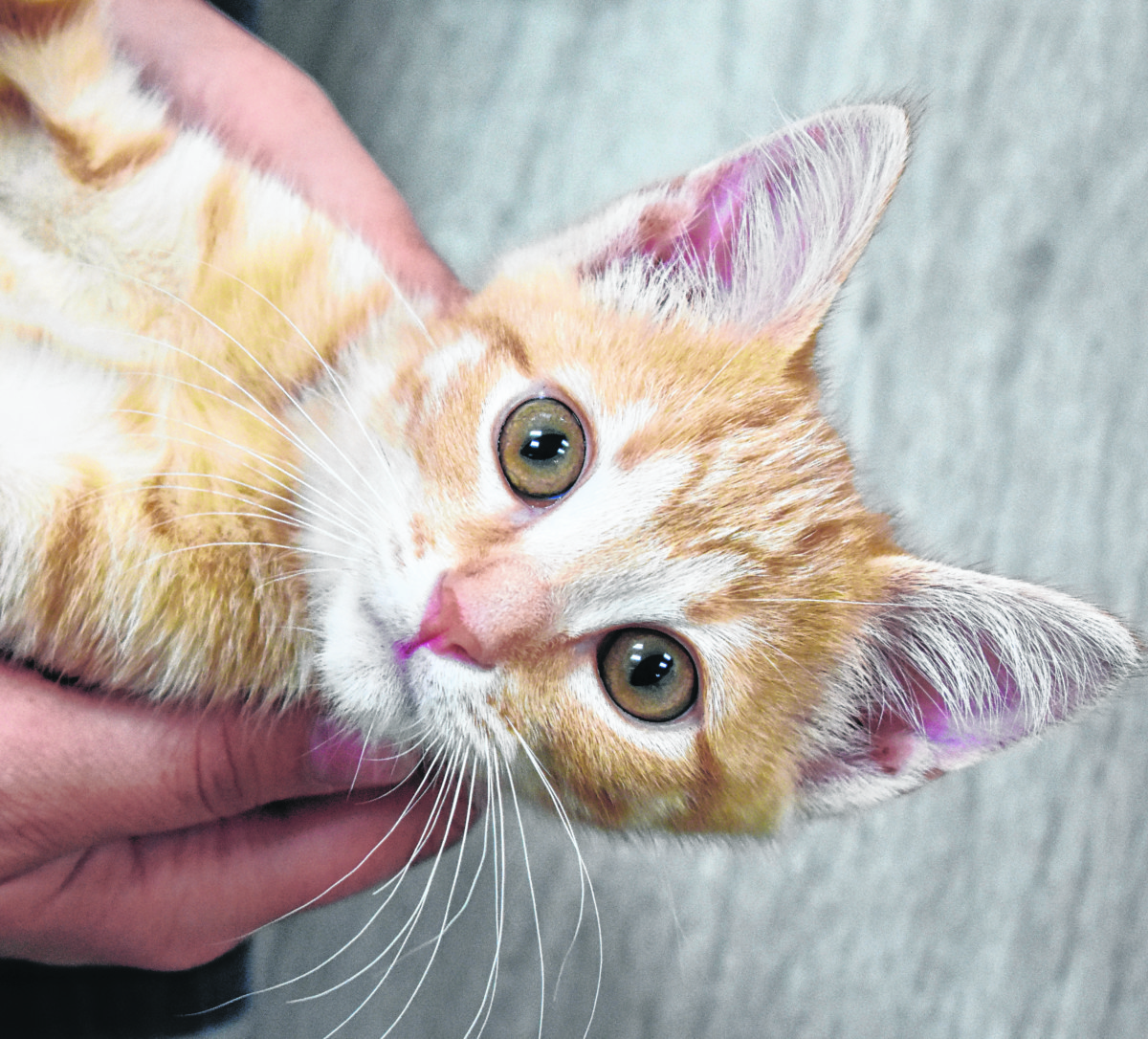
Those bristly white whiskers framing the face on your coal black cat sure make for a beautiful cat, but they are there for more than just looks.
Those whiskers help your kitty get around in the dark, find prey, protect his eyes, judge distance and they play a big part of his body language.
The whiskers of both cats and dogs are part of their sensory system and the things they tell our pets are remarkable. Whiskers are thicker and longer than hair. They are packed full of sensory nerves at the base that send information directly to the brain. Think of them like the touch receptors in our fingertips.
The whiskers on the sides of the face are most noticeable, but both dogs and cats also have whiskers above their eyes. These particular whiskers initiate a blink reflex when objects touch them thus protecting the pet’s eyes.
Those whiskers on the sides of the face provide the most information to our four-legged friends. Neither cats or dogs see well up close, so the whiskers tell them how close they are to objects. By brushing their whiskers against an object, they can tell the size, location and texture, even in the dark!
Often the whiskers on the side of the muzzle will grow to about the width of the pet’s head or body. When and how far the whiskers bend can help a dog or cat decide if they can squeeze through a space.
You can even figure out what your dog or cat is thinking by observing their whiskers. If a pet feels threatened, their whiskers are pulled forward and become rigid. A nervous pet will pin their whiskers toward their face and a curious pet’s whiskers will be more forward. When relaxed, the whiskers are generally still and stick straight out from the head. Happy pets elevate the whiskers above the eyes, giving that expressive, wide-eyed look.
Whiskers are an important part of your pet’s ability to navigate his world. Because whiskers are so sensitive, when petting your dog or cat be gentle around the whiskers and be sure to pet those areas in the direction the whiskers are oriented.
They provide valuable information to your pet and should never be trimmed or plucked.
When whiskers are altered, pets experience a loss of “vision.” They lose spatial awareness and can become confused and disoriented.
The next time you groom your pet, be sure to leave the long, sensitive whiskers as is so your pet can experience the world as he was meant to.
— Brown County Humane Society

